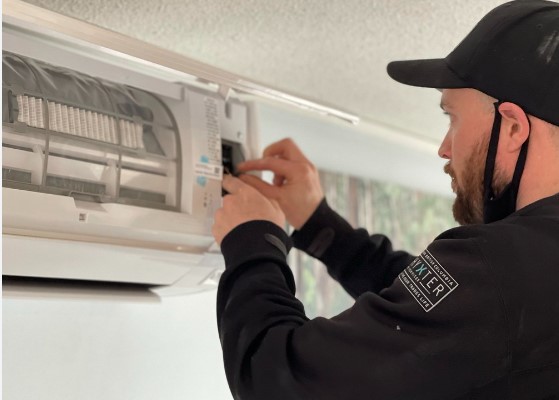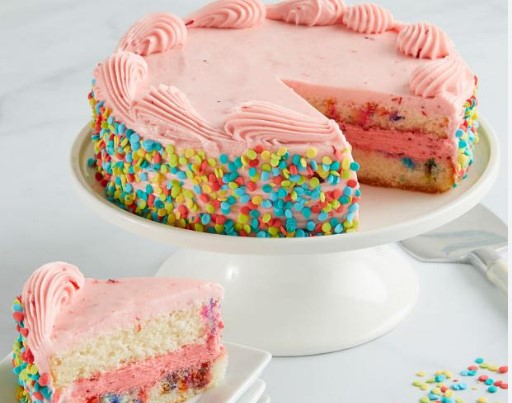Seed For Feeding Small Birds

Whether you want to feed the small birds in your garden or you want to put a feeder in your yard, there are some great seeds for feeding small birds. You’ll want to make sure that you choose the right seeds for the birds that you want to feed. You’ll also want to make sure that the birds will enjoy eating them. You can choose from a variety of seeds, including Peanuts, Canary seeds, White millet, and Rapeseed.
White millet
Providing White Millet Seed for Small Birds is one of the best ways to attract a wide range of birds to your backyard. It is a natural food source for many of ground-feeding birds, and it is highly nutrient-dense. It is also a great warming seed for winter.
Providing Millet Seed is an economical way to supplement the diet of your backyard birds. Millet is an inexpensive seed, and it is widely used in many birdseed mixtures.
Millet is also a great option for people with gluten sensitivity. Millet is grown as a livestock grazing crop, and it also provides an edible grain for bread. Millet is a healthy option for your backyard birds because it is rich in proteins, vitamins, and minerals. Millet is also a good source of fiber, which is important for easy digestion and other processes.
Millet is the main ingredient in many birdseed mixes. Millet seeds are nutrient-dense and easy to grow. Millet can be grown in both loose soils and in a cultivated stand.
Millet is a favorite healthy food for a wide variety of birds, including juncos, quail, finches, and grackles. Millet also provides a nutrient-dense diet for many other small birds, such as mourning doves, painted buntings, and spotted towhees.
Millet seeds can be used in a variety of feeders, including ground feeders, platform feeders, and hopper feeders. Millet is also a great ingredient in a seed mix, and you can mix it with other seeds to increase the variety of birds that you feed.
Rapeseed
During the breeding season, a bird feeder owner may want to include some plain rapeseed in his or her bird-feeding regimen. However, a more balanced diet includes other types of seeds.
For example, the black seed sunflower is a favored food source for Finches and Buntings. The largest black-striped sunflower seed is large enough to be attractive to Grosbeaks and Cardinals. The seed is also a good source of protein and oil.
Rapeseed, also known as canola, is another crop that is ideal for feeding small birds. The crop is grown mostly for human consumption, but the seeds are also popular as bird food.
A bird feeder owner must balance the cost of bird food with the number of birds he or she wants to attract. The best way to go about this is to buy a complete bird-feeding mix. This will give you an all-rounder that will attract a variety of desirable species. You can also find a dedicated sprouting mix.
The best part about the sunflower is that it is a good all-around seed. A bird feeder owner will be able to feed more birds without wasting money on seed that isn’t going to be eaten.
A regular finch mix can be used in almost any feeder design. You can even use a Nyjer thistle feeder and add it to a regular feeder.
Canary seed
Using Canary seed for small birds is a great way to enhance your bird’s diet. Not only does the seed provide essential nutrients, but it also helps to detoxify the body and remove excess cholesterol. It also supports the liver, kidneys, and pancreas.
The canary seed for small birds is available in two varieties. One is the matchless variety, which has no hairs and is considered to be safe for human consumption. Another variety is the hairless type, which is high in antioxidants. The hairless type is also gluten-free.
The seed contains high levels of arginine, a mineral that helps to relax the arteries. The antioxidants in the seed also help to reduce inflammation and damage. This helps to reduce the risk of heart attacks and chronic diseases.
The seed is also rich in fiber. This helps to reduce inflammation and bloating. The fiber also supports bowel movements.
The canary seed for small birds is also high in calcium, which is essential for healthy feathering and reproduction. It is also rich in vitamin B. It is also a good source of energy.
The seed is also rich in protein. It contains tryptophan, which helps to increase serotonin production. It also helps to regulate blood sugar. This helps to bring the blood pressure to a normal, healthy range.
The seed is also rich in fiber and antioxidants. These nutrients help to keep the arteries and brain cells healthy. The antioxidants also neutralize free-radicals radicals, which can cause tumors.
Peanuts
Besides being a great source of energy, peanuts are also a good seed for small birds. They are high in protein and fat, making them an ideal food for many birds. Peanuts are also a good source of calcium and potassium. Moreover, peanuts are relatively affordable, making them a good choice for budget-conscious bird lovers.
Peanuts are a favorite of many birds, including wrens, goldfinches, chickadees, house sparrows, blue jays, mockingbirds, cardinals, and finches. Peanuts also attract smaller birds like robins and wrens, so they should be offered to smaller birds as well.
Peanuts are great for birds in the spring, summer, and fall, when it’s cold and dry outside. They are also a great source of nutrition for birds in the winter.
Peanuts are a great source of protein and fat, which birds need in abundance to stay warm and healthy during the colder months of the year. Peanuts also contain a lot of fiber and sugar, which is another great reason to offer peanuts to birds.
Peanuts can spoil quickly in humid climates, so they should be stored in a cool, dry place. Peanuts are also good food for birds to enjoy during rainy days, as the water helps them to dry out.
Peanuts can be broken into smaller pieces for easier consumption. Peanuts are also an excellent source of calcium and fat, which are important for a wide variety of birds.
Squirrel baffles
Adding a squirrel baffle is a great way to deter squirrels from jumping onto your bird feeder. The baffle can prevent squirrels from jumping down the pole of your feeder, and it can prevent squirrels from climbing the pole to jump into your bird feeder.
Squirrel baffles come in a variety of shapes and sizes. They are available in both plastic and metal, so you can choose a design that fits your bird feeder.
Depending on the style of your bird feeder, you might be interested in a squirrel baffle that is shaped like a cone or an oval. You can also get a squirrel baffle that hangs from your backyard trees.
Some squirrel baffles also come with a couple, so you can attach the baffle to your pole. You can use zip ties, L-brackets, or smooth top screws to attach the baffle to your pole. You’ll want to use a counter that is at least a half-inch to 1-3/8-inch diameter.
The torpedo baffle is another bird feeder baffle that’s great to deter squirrels. It creates a tunnel that squirrels cannot get through, so they fall off. The couple on the torpedo baffle is made from textured powder-coated steel, but it’s not as strong as other types of squirrel baffles.
Another great feature of a squirrel baffle is the two-piece clamp that secures the feeder to the shepherd hook pole. This clamp is easy to install and takes only a few minutes to do.
Nectar feeders
Having nectar feeders for small birds is a great way to attract hummingbirds and other birds to your yard. These feeders are small, which makes them easy to place in a limited space. They also tend to be cheaper to buy, making them ideal for backyard birder.
The type of bird you’re feeding will also have an impact on the type of feeder you buy. For instance, cardinals are attracted to hopper feeders, while grosbeaks prefer safflower. Likewise, you should consider the size of the perches in your feeder. Using small perches will attract smaller birds while using larger ones will attract larger birds.
The color of the nectar will also have an impact on the birds you’re feeding. For instance, the black-oil sunflower is a favorite of many birds. It has high-energy kernels and a thin shell, making it a good choice for small feeders.
There are also some types of hummingbird feeders that feature ant moats. These ant moats contain water, which helps to keep insects from feeding on the nectar. These mats are sold separately and can be placed over the feeder.
Larger hummingbird feeders can attract other birds, such as downy woodpeckers, which may eat your hummingbird’s nectar. This can cause problems. In addition, the larger size may attract unwanted birds like rats and rodents.
Small feeders are also less expensive. They can be placed in flower pots or window sills, making them easy to transport and place. These feeders are also easy to refill.




